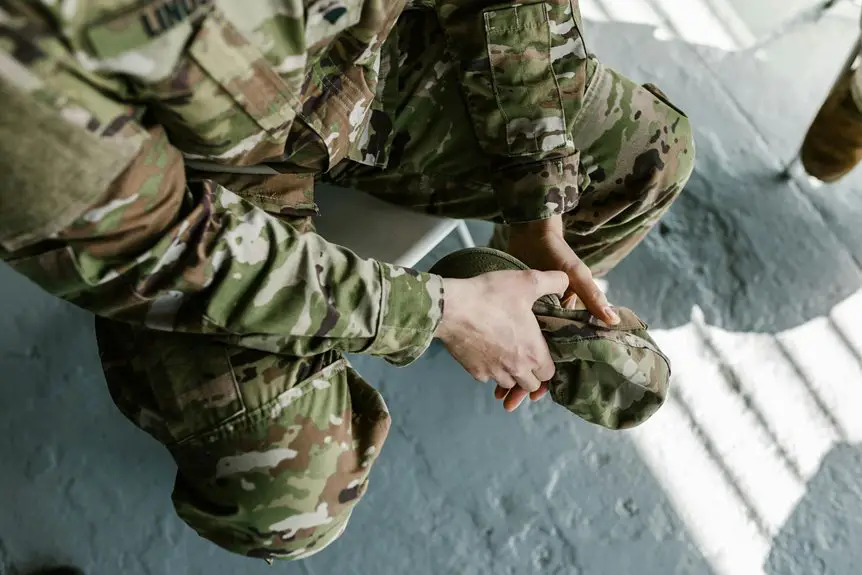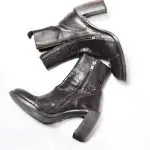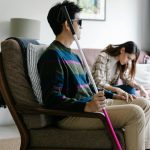Did you know that over 60% of outdoor enthusiasts struggle with staying comfortable due to improper fabric choices? When you’re gearing up for your next adventure, understanding the differences between moisture-wicking, water-resistant, and waterproof fabrics can make all the difference. Each serves a unique purpose, and picking the right one isn’t always straightforward. Let’s break down what sets these fabrics apart and how to choose the best option for your needs.
Table of Contents
Key Takeaways
- Moisture-wicking fabrics pull sweat from skin, keeping you dry and comfortable during physical activities.
- Water-resistant fabrics repel light rain and splashes, balancing breathability with moderate moisture protection.
- Waterproof fabrics block all water penetration using laminated membranes and durable coatings for harsh weather.
- Moisture-wicking excels in breathability, water-resistant offers moderate airflow, and waterproof often limits breathability.
- Choose fabric based on activity, environment, and desired balance of moisture control, protection, and durability.
Understanding Moisture-Wicking Fabrics and Their Benefits
Moisture-wicking fabrics pull sweat away from your skin to keep you dry and comfortable during physical activities. This moisture management is vital when you’re exercising or working in warm conditions.
Thanks to advanced fabric technology, these materials quickly transport sweat from your skin to the fabric’s surface, where it evaporates faster than with regular fabrics. You’ll notice that moisture-wicking fabrics feel cooler and less clingy, which helps regulate your body temperature and reduces irritation.
Whether you’re running, hiking, or at the gym, choosing moisture-wicking clothing enhances your comfort and performance. These fabrics typically blend synthetic fibers like polyester or nylon, engineered specifically for their moisture control properties, so you can stay focused without distraction from damp, heavy clothing.
Characteristics and Uses of Water-Resistant Fabrics
Water-resistant fabrics help keep light rain and splashes at bay, making them ideal for everyday wear and outdoor activities where you might encounter mild wet conditions. These fabrics often feature water resistant coatings that repel moisture without fully blocking water entry. You’ll find them in jackets, bags, and shoes designed for comfort and moderate protection. Their water resistant applications balance breathability and dampness prevention, so you stay dry without overheating.
| Fabric Type | Water Resistance Level | Common Use Cases |
|---|---|---|
| Nylon | Moderate | Windbreakers, backpacks |
| Polyester | Moderate | Rain jackets, hats |
| Cotton (treated) | Light | Casual wear, caps |
| Blends (coated) | Moderate to high | Outdoor gear, tents |
Exploring Waterproof Fabrics and Their Technical Features
While water-resistant fabrics offer some protection against light moisture, you’ll want something more reliable when facing heavy rain or prolonged exposure to water.
Waterproof fabrics use advanced waterproof technologies, such as laminated membranes or durable water-repellent (DWR) coatings, to create a barrier that prevents water from penetrating the material. These technologies often involve microscopic pores that block liquid water while allowing vapor to escape, enhancing comfort during wet conditions.
When choosing waterproof fabrics, consider fabric durability—these materials must withstand harsh weather and frequent use without degrading. High-quality waterproof fabrics often combine strong fibers with robust coatings to guarantee long-lasting performance.
Comparing Breathability and Performance Across Fabric Types
Even if a fabric keeps water out, it won’t do you much good if it traps sweat and heat inside. When comparing breathability and fabric performance, you need to focus on breathability metrics like moisture vapor transmission rate (MVTR) and air permeability.
These numbers tell you how well a fabric lets sweat escape, which directly impacts comfort.
Here’s what to evaluate:
- Moisture-wicking fabrics excel at moving sweat away from your skin.
- Water-resistant fabrics block water but offer moderate breathability.
- Waterproof fabrics prioritize sealing out water, often at the expense of breathability.
- Layering can balance protection and airflow.
Choosing the Right Fabric for Outdoor and Athletic Applications
When selecting fabric for outdoor or athletic use, you’ll want to match the material’s properties to your activity and environment.
Consider fabric durability first—outdoor conditions can be harsh, so you need materials that resist wear and tear. For intense workouts or hiking, moisture-wicking fabrics keep you dry by pulling sweat away from your skin.
Prioritize durable fabrics that withstand harsh conditions and moisture-wicking materials to stay dry during intense activities.
If you expect rain or wet conditions, water-resistant or waterproof fabrics offer protection, but keep in mind that waterproof options may reduce breathability. Balancing breathability with weather protection is key.
Also, think about the fabric’s weight and flexibility to guarantee comfort and freedom of movement.
Frequently Asked Questions
How Do Fabric Care Methods Affect Moisture-Wicking and Waterproof Properties?
Ever wondered how your gear stays dry or lets sweat escape? With proper fabric maintenance and gentle washing techniques, you’ll preserve moisture-wicking and waterproof properties, ensuring your clothes perform well and last longer through every adventure.
Can Water-Resistant Fabrics Be Made From Natural Fibers?
You can use natural fiber options like cotton or wool and apply water-resistant techniques such as wax coatings or durable water repellents. These methods help make natural fabrics water-resistant while keeping their comfort and breathability intact.
What Environmental Impacts Do Waterproof Fabric Coatings Have?
Imagine your jacket’s shield harming Earth; waterproof coatings often contain harmful chemicals that persist during fabric disposal. You should seek eco friendly alternatives to reduce pollution and protect our planet while staying dry and stylish.
Are There Hybrid Fabrics Combining Moisture-Wicking and Water Resistance?
Yes, you can find hybrid fabrics that combine moisture-wicking technology with water resistance. These fabrics keep you dry by pulling sweat away while repelling light rain, offering comfort and protection during various activities.
How Long Do Water-Resistant or Waterproof Treatments Typically Last?
You’ll want to cherish your gear’s treatment lifespan, which usually lasts 6-12 months with regular use. Don’t worry; following simple maintenance tips like gentle washing and reapplying treatments keeps your gear feeling fresh and reliable longer.
- Is Cotton Polyester Fabric Absorbent? A Guide for Sportswear - June 23, 2025
- Poly-Cotton vs. Rayon: A Detailed Fabric Comparison - June 23, 2025
- How to Get Stains Out of Your Cotton Polyester Clothes - June 23, 2025







